China moves towards ‘digital totalitarian state’ as surveillance technology continues to advance
Communist country finding more innovative ways to monitor citizens
China is ramping up its ability to spy on its nearly 1.4 billion people to new and disturbing levels, giving the world a blueprint for how to build a digital totalitarian state.
Chinese authorities are knitting together old and state-of-the-art technologies — phone scanners, facial-recognition cameras, face and fingerprint databases and many others — into extensive tools for authoritarian control, according to police and private databases examined by The New York Times.
Once combined and fully operational, the tools can help the police grab the identities of people as they walk down the street, find out who they are meeting with and identify who does and does not belong to the Communist Party.
The United States and other countries use some of the same techniques to track terrorists or drug lords. Chinese cities want to use them to track everybody.
The rollout has come at the expense of personal privacy. The Times found the authorities stored the personal data of millions of people on servers unprotected by even basic security measures. It also found private contractors and middlemen have wide access to personal data collected by the Chinese government.
This build-out has only just begun, but it is sweeping through Chinese cities. The surveillance networks are controlled by local police, as if county sheriffs in the United States ran their own personal versions of the National Security Agency.
By themselves, none of China’s new techniques are beyond the capabilities of the United States or other countries. But together, they could propel China’s spying to a new level, helping its cameras and software become smarter and more sophisticated.
This surveillance push is empowering China’s police, who have taken a greater role under president Xi Jinping, the country’s top leader. It gives them a potent way to track criminals as well as online malcontents, sympathisers of the protest movement in Hong Kong, critics of the police themselves and other undesirables. It often targets vulnerable groups like migrant workers — those who stream in from the countryside to fill China’s factories — and ethnic minority groups like the largely Muslim Uighurs on China’s western frontier.
“Each person’s data forms a trail,” said Agnes Ouyang, a technology worker in the southern city of Shenzhen whose attempts to raise awareness about privacy drew scrutiny from the authorities. “It can be used by the government and it can be used by bosses at the big companies to track us. Our lives are worth about as much as dirt.”
‘Leave a Shadow’
The police arrived one day in April to a dingy apartment complex in Zhengzhou, an industrial city in central China. Over three days, they installed four cameras and two small white boxes at the gates of the complex, which hosts cheap hotels and fly-by-night businesses.
Once activated, the system began to sniff for personal data. The boxes — phone scanners called IMSI catchers and widely used in the West — collected identification codes from mobile phones. The cameras recorded faces.
On the back end, the system attempted to tie the data together, an examination of its underlying database showed. If a face and a phone appeared at the same place and time, the system grew more confident they belonged to the same person.
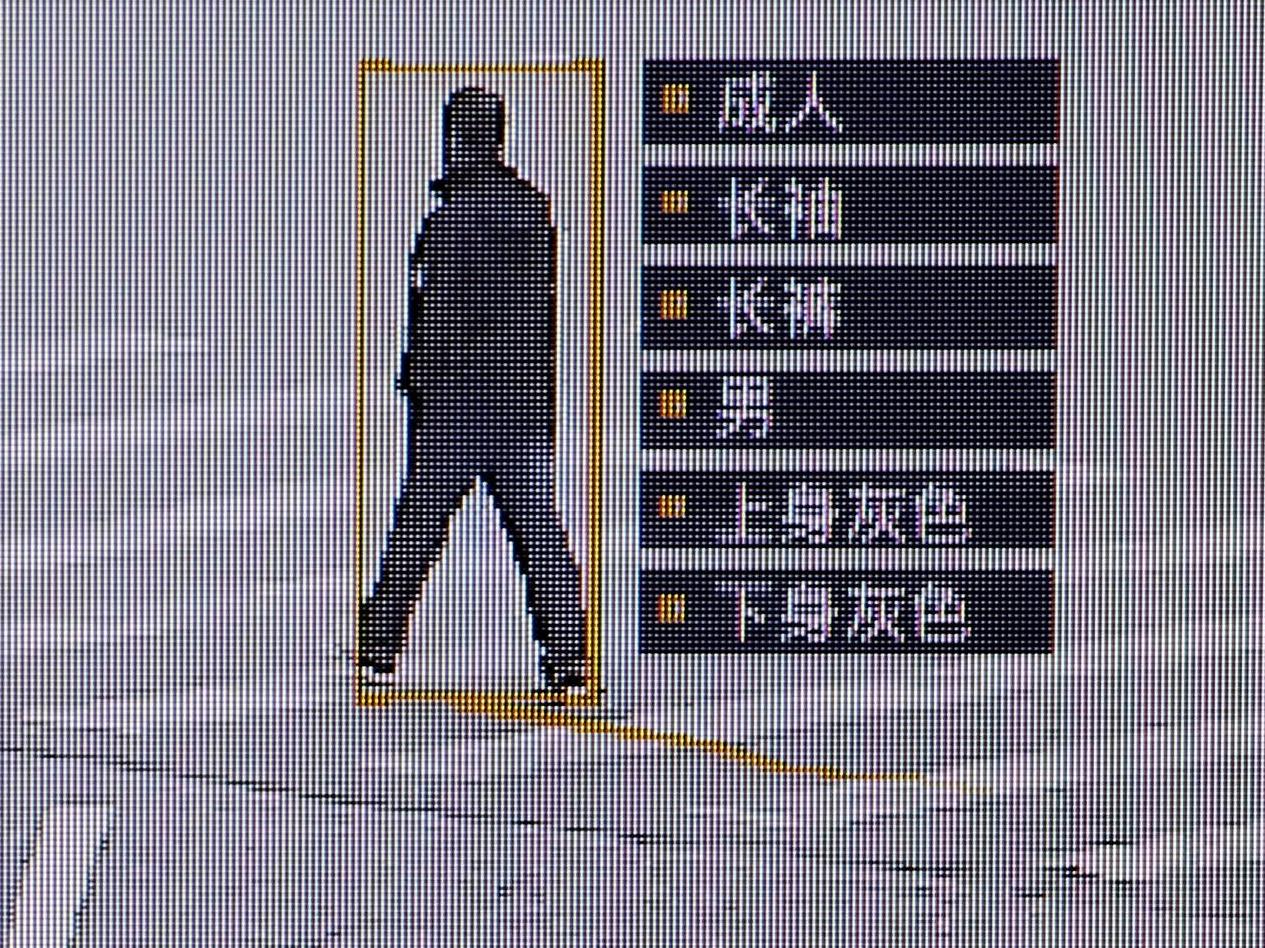
Over four days in April, the boxes identified more than 67,000 phones. The cameras captured more than 23,000 images, from which about 8,700 unique faces were derived. Combining the disparate data sets, the system matched about 3,000 phones with faces, with varying degrees of confidence.
This single system is part of a citywide surveillance network encompassing license plates, phone numbers, faces and social media information, according to a Zhengzhou Public Security Bureau database.
Other Chinese cities are copying Zhengzhou. Since 2017, government procurement documents and official reports show police in the Chinese provinces of Guizhou, Zhejiang and Henan have bought similar systems. The police in Zigong, a mid-size city in Sichuan province, bought 156 sets of the technology, the documents show.
In Wuhan, the police said in a procurement document they wanted systems that could “comprehensively collect the identity of all internet users in public spaces, their internet behavior, their location, their movement, and identifying information about their phones”.
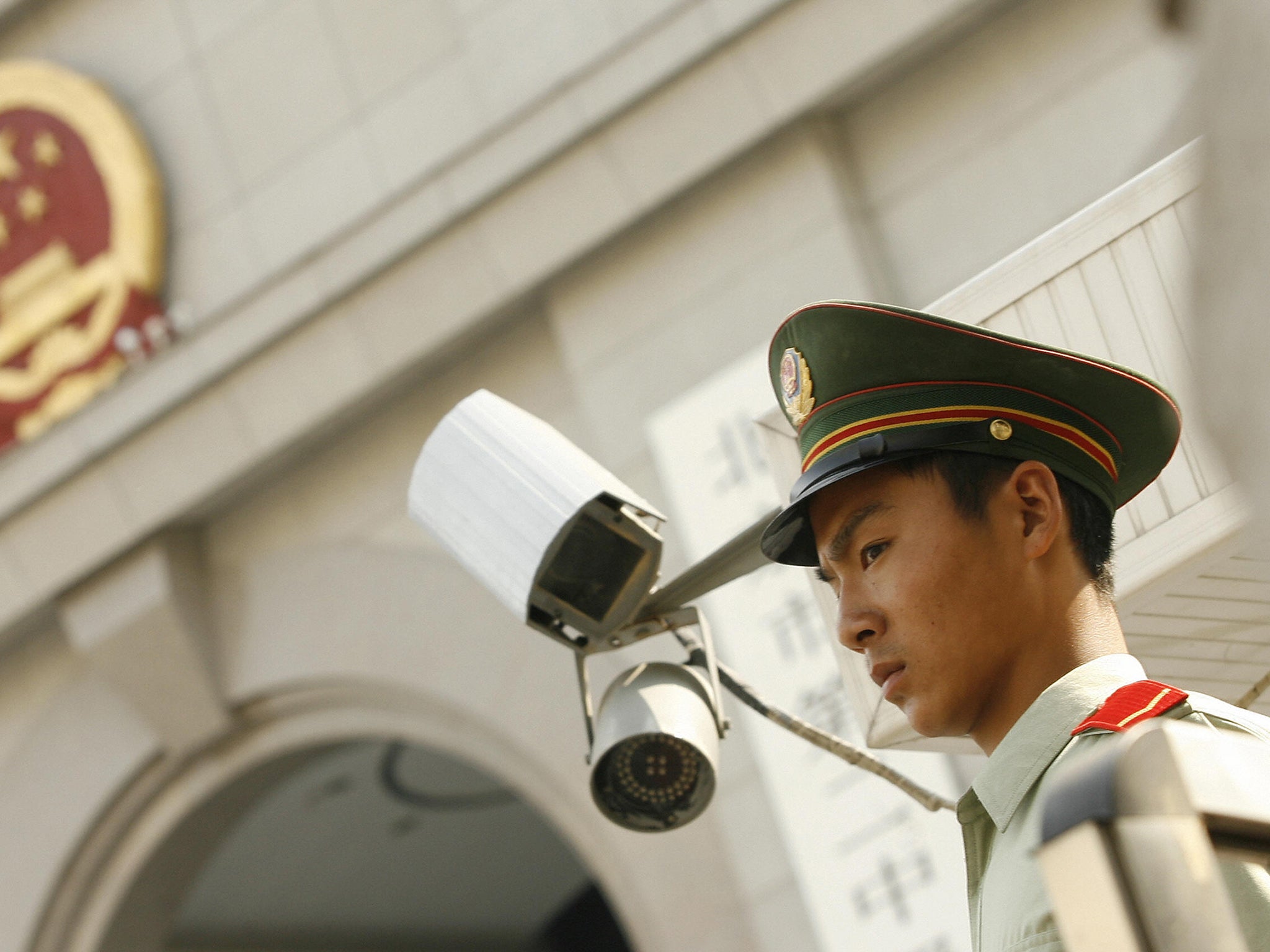
“People pass and leave a shadow,” reads one brochure promoting a similar surveillance system to Chinese police departments. “The phone passes and leaves a number. The system connects the two.”
Even for China’s police, who enjoy broad powers to question and detain people, this level of control is unprecedented. Tracking people so closely once required cooperation from uncooperative institutions in Beijing. The state-run phone companies, for example, are often reluctant to share sensitive or lucrative data with local authorities, said people with knowledge of the system.
Now local police are buying their own trackers. Improved technology helps them share it up the chain of command, to the central Ministry of Public Security in Beijing, the people said.
The surveillance networks fulfil a longtime goal of ensuring social stability, dating to the 1989 Tiananmen Square uprising but given added urgency by the Arab Spring protests in 2011 and 2012. In recent years, Chinese police made use of fears of unrest to win more power and resources.
It is not clear how well the police are using their new capabilities, or just how effective they might be. But the potential is there.
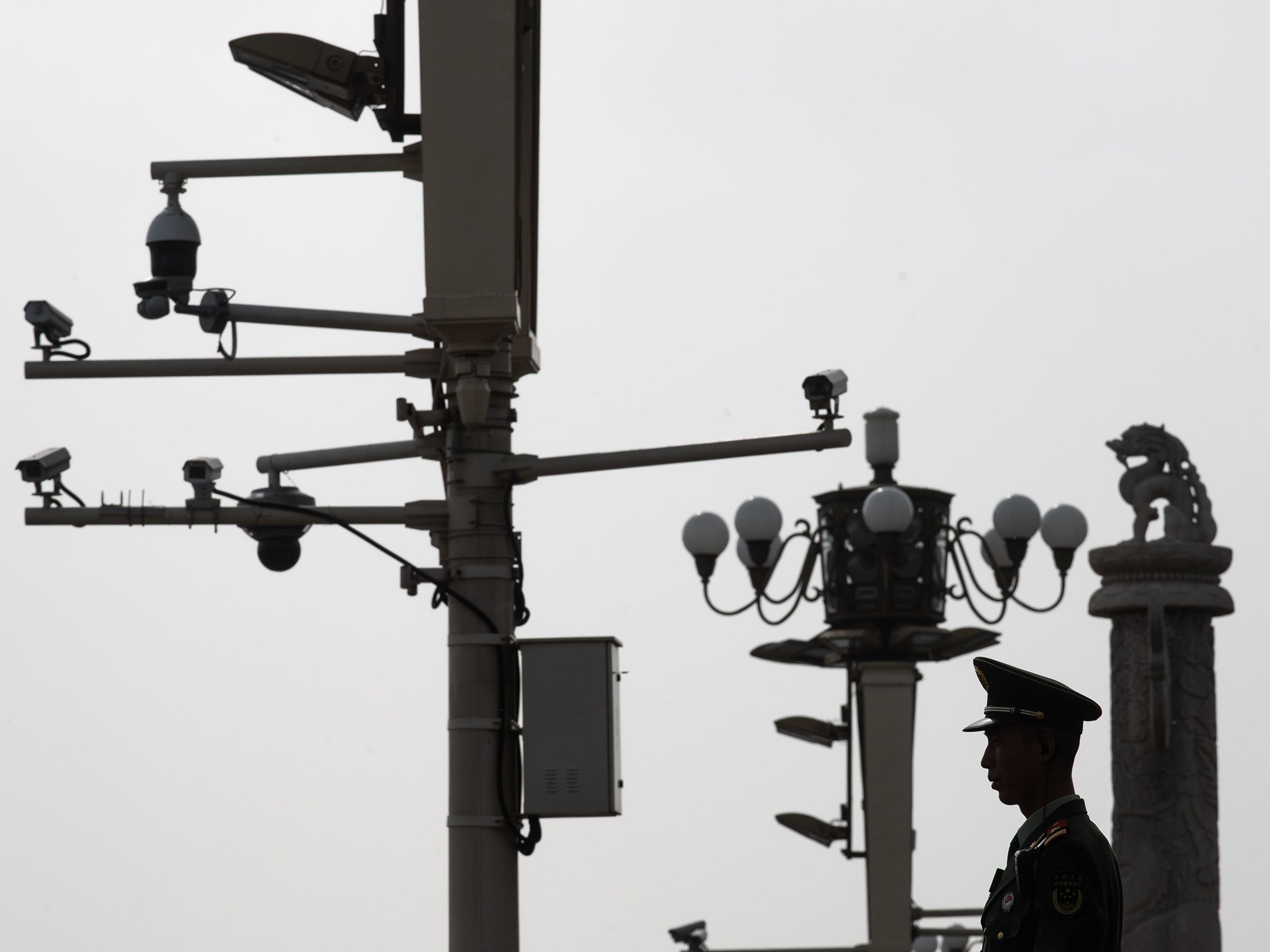
In Zhengzhou, the police can use software to create lists of people. They can create virtual alarms for when a person approaches a particular location. They can get updates on people every hour or every day. They can monitor whom those people have met with, especially if both people are on a blacklist for some kind of infraction, from committing a crime to skipping a debt payment.
These networks could help China hone technologies like facial recognition. Cameras and software often have trouble recognising faces shot at an angle, for example. Combined with phone and identity data, matches become easier to make, and the technology behind identifying faces gets better.
The police are not hiding their surveillance push. Even the perception of overwhelming surveillance can deter criminals and dissidents alike.
At the complex in Zhengzhou, residents were unfazed when told that the cameras and boxes were part of a sophisticated surveillance system.
The building manager, Liang Jianzheng, said it meant he no longer had to help the police fight crime.
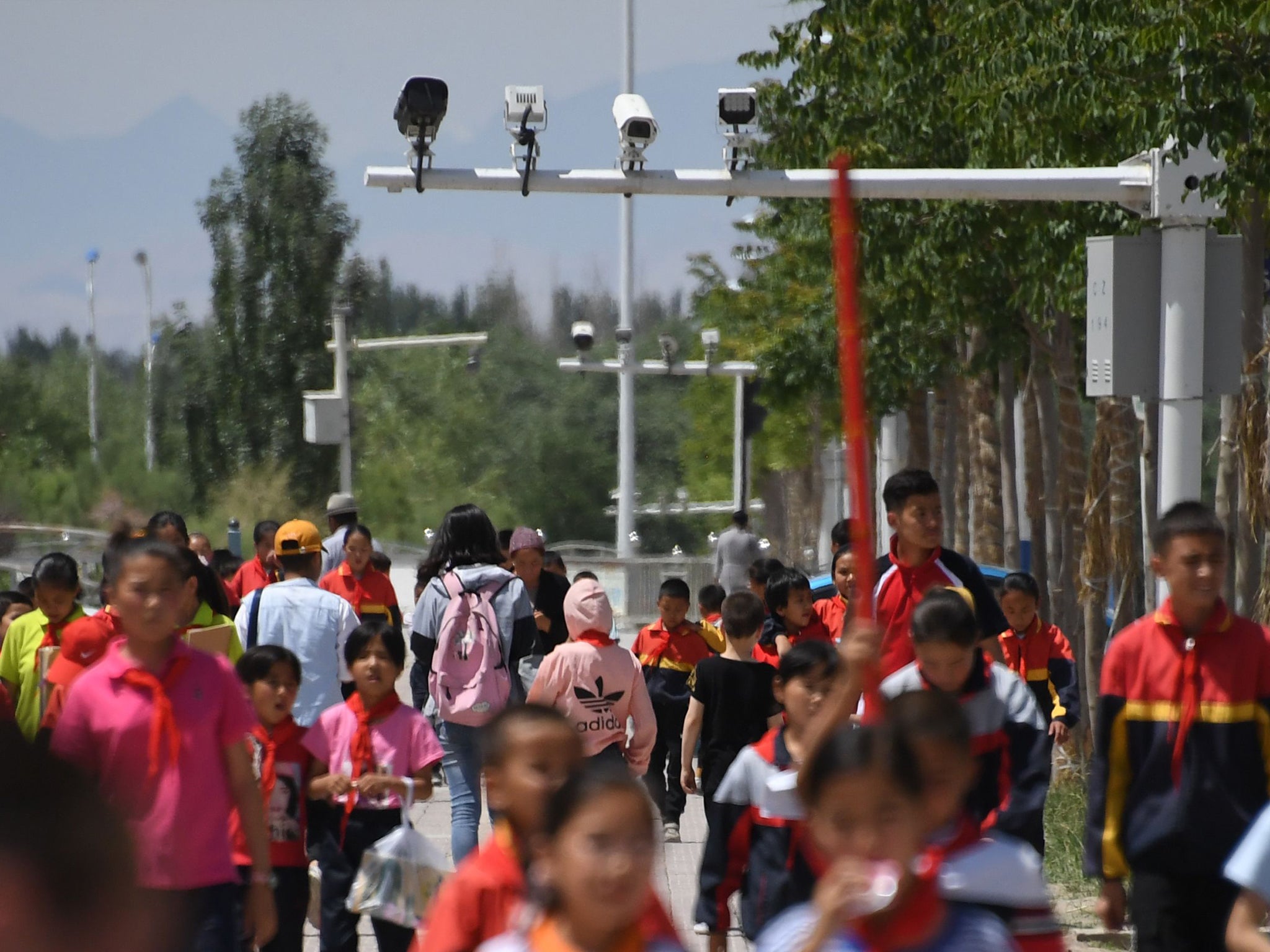
“I used to have to bust my butt helping the police,” Mr Jianzheng said. “Now they have their own cameras, and they don’t bother me.“
In November, after The Times asked surveillance companies about the system, a construction crew appeared and took down the cameras and boxes, Mr Jianzheng said. They did not say why.
Wire and Plywood Revolt
Some residents of the Shijiachi residential complex were not pleased when building management, at the behest of the police, last year replaced their old key card locks with a state-of-the-art surveillance system. Residents would now need to scan their faces to enter their buildings.
“Old people said they were always at home, so it wasn’t necessary,” said Tang Liying, the secretary of the Chinese Communist Party for the district in eastern China. “Young people had concerns about privacy, and didn’t think it was necessary. We did some work to persuade them, and in the end, most people agreed.”
Those worried about privacy had a point.
Data from the Shijiachi complex was parked on an unprotected server. Details included 482 residents’ identification numbers, names, ages, marital and family status, and records of their membership in the Communist Party. For those who used the facial-recognition cameras to enter and exit, it also stored a detailed account of their comings and goings.
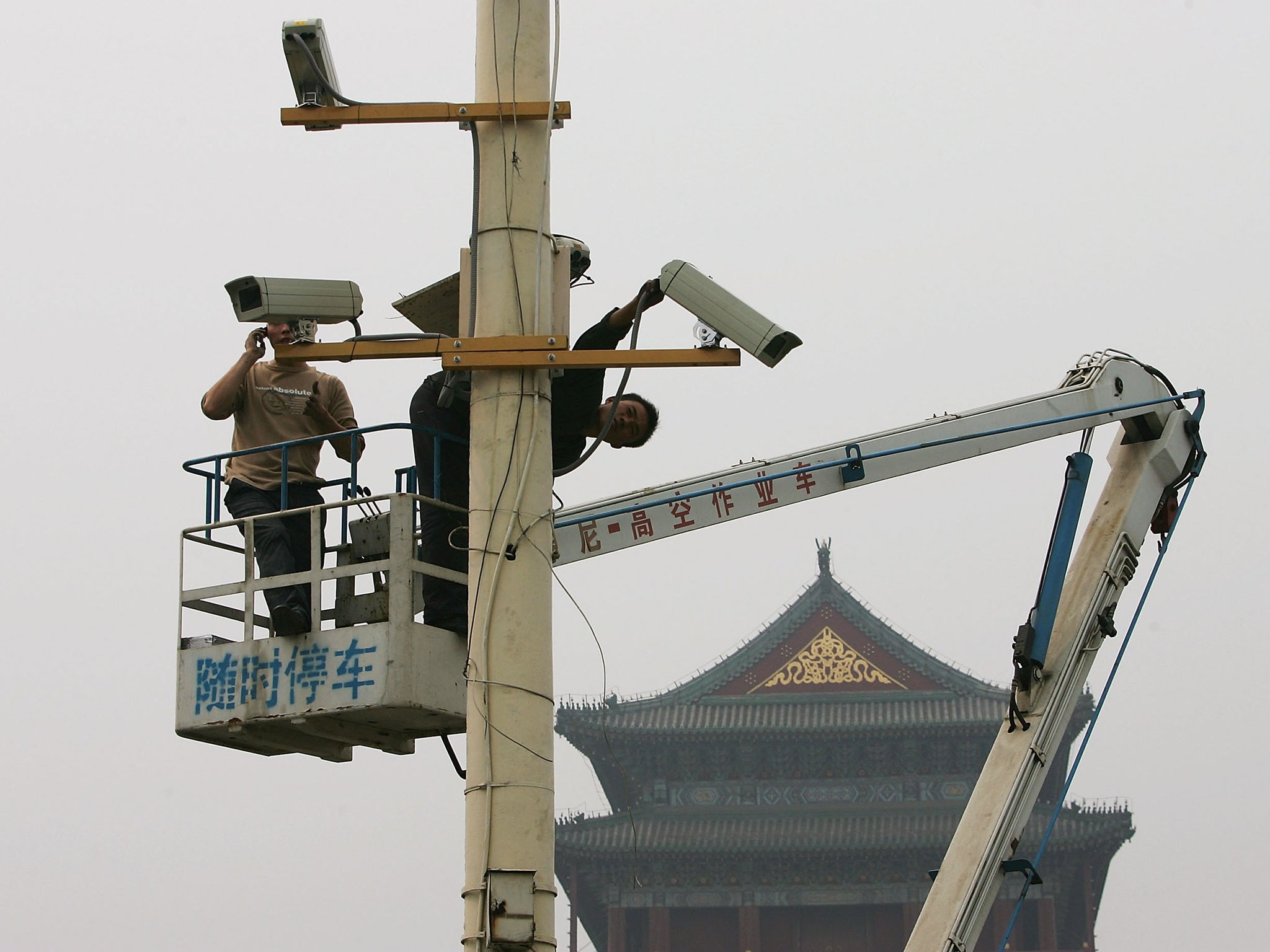
Nearby networks were similarly unprotected. They held data from 31 residences in the area, with details on 8,570 people. A car-tracking system near Shijiachi showed records for 3,456 cars and personal information about their owners. Across China, unprotected databases hold information on students and teachers in schools, on online activity in internet cafes and on hotel stays and travel records.
Online data leakage is a major problem in China. Local media reports describe how people with access to the data sell private details to fraudsters, suspicious spouses and anyone else, sometimes for just a few dollars per person. Leaks have become severe enough that the police created their own company to handle data directly, skirting third-party systems.
A wide number of people and companies have access to the data underlying China’s mandatory identification card system through legitimate means. Companies with police connections use faces from ID cards to train facial-recognition systems. The card system also tracks fingerprints, faces, ethnicity and age.
Signs of a backlash are brewing. In Shanghai, residents pushed back against a police plan to install facial-recognition cameras in a building complex. In Zhejiang province, a professor filed a lawsuit against a zoo after it required mandatory facial-recognition scans for its members to get access.
In the Shijiachi residential complex, where the facial recognition replaced key card locks, the rebellion has been powered by wire and plywood.
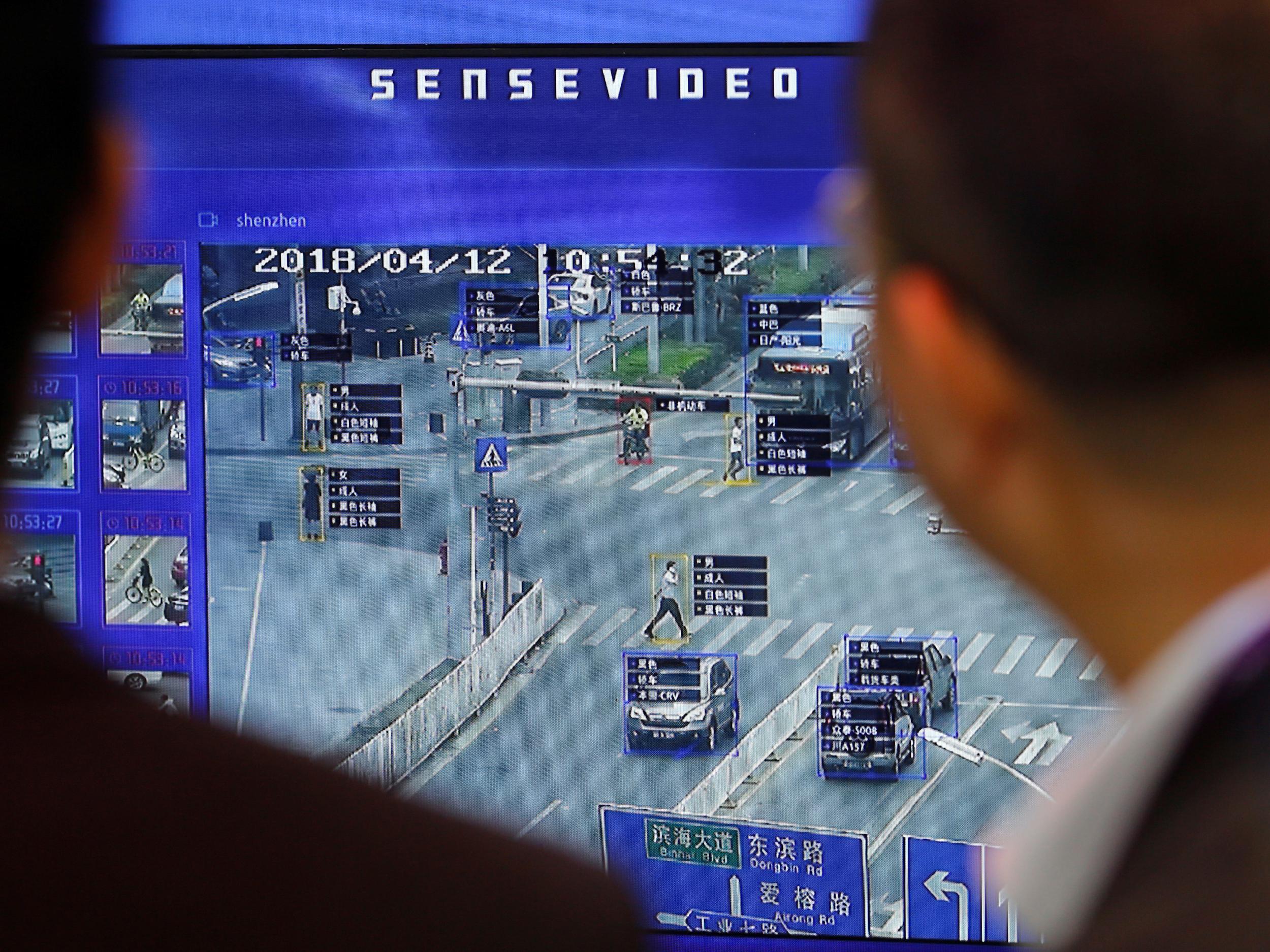
On a brisk day in November, the doors of a number of buildings had been propped open with crude doorstops, making facial scans unnecessary.
Terry Jin, a two-year resident of Shijiachi, said technology should not cross some lines. “I think that facial recognition outside each building is fine,” Mr Jin said. “If they put it outside my door, that wouldn’t be OK.”
The Cost of Saying No
Agnes Ouyang was heading to work in Shenzhen last year when two police officers told her she had jaywalked and would need to show them her identity card. When she refused, she said, they grabbed her roughly and used a phone to snap a photo of her face.
Within moments, their facial-recognition system had identified her, and they issued her a ticket for about £2.30.
“It was all too ridiculous,” Ms Ouyang said. “Law-enforcement officers of low moral stock have high-tech weapons.”
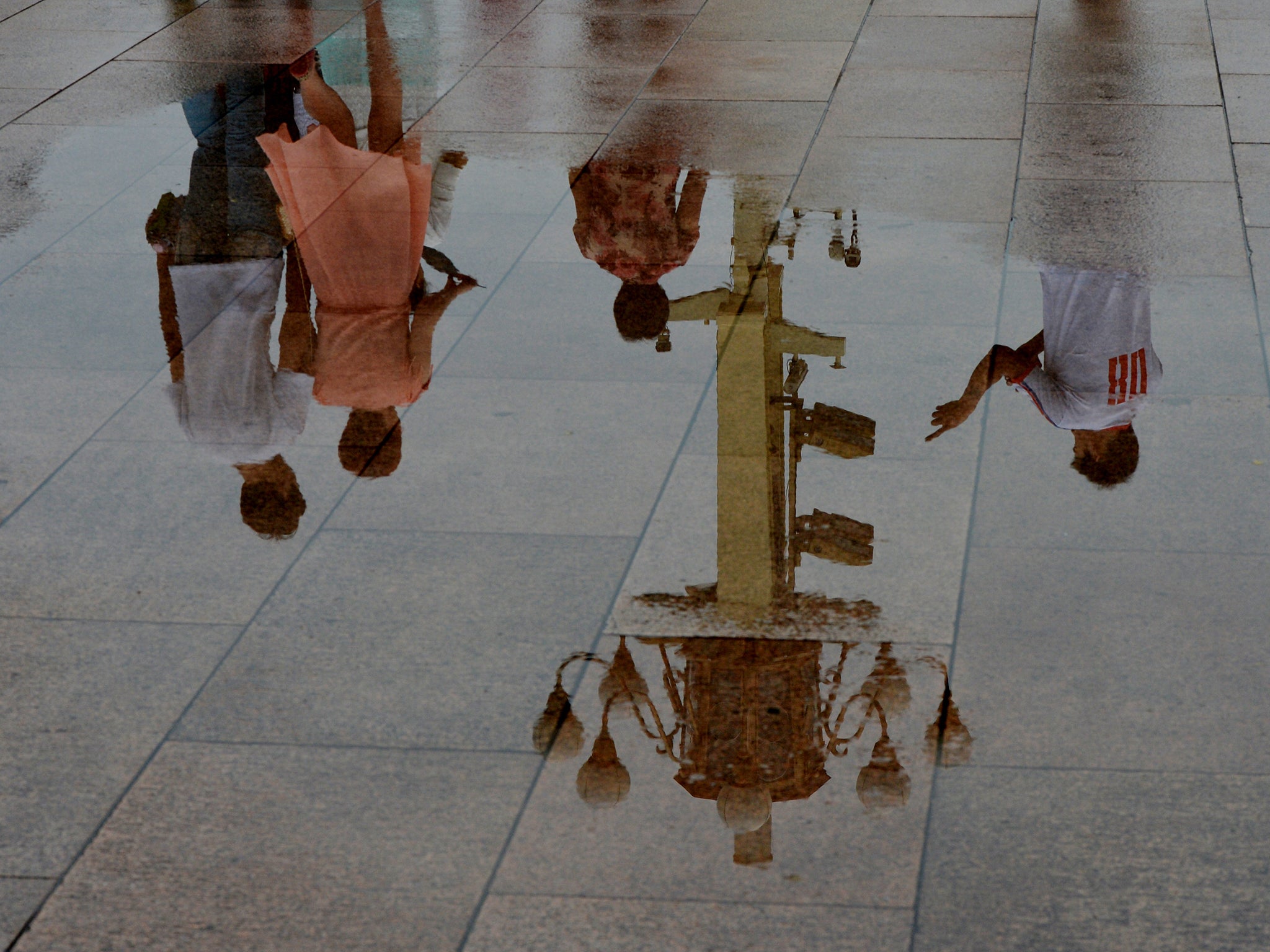
High-tech surveillance is reshaping Chinese life in ways small and profound. The Communist Party has long ruled supreme, and the country lacks a strong court system or other checks against government overreach. But outside the realm of politics, Chinese life could be freewheeling and chaotic thanks to lax enforcement or indifferent officials.
Those days may be coming to an end. In the realms of consumer safety and the environment, that could make life better. But it has given the police new powers to control the people.
“The whole bureaucratic system is broken,” said Borge Bakken, a professor at Australian National University who studies China’s police. “Under Mr Jinping, we’re seeing the flowering of a police state.”
Chinese police now boast that facial-recognition systems regularly catch crooks. At a tourist island in the picturesque port city of Xiamen, authorities say they use facial recognition to catch unlicensed tour guides. Shanghai police have begun using helmets with a camera embedded in the front. Databases and procurement documents also show they search out the mentally ill, people with a history of drug use or government gadflies.
Some new claims are outlandish, such as software that claims to read emotion and criminal intent from a face. But the surveillance net that the police have rolled out in Xinjiang, a region of northwestern China that is home to many predominantly Muslim ethnic groups, shows the vast potential for the rest of the country.
The police have blanketed the region in cameras, phone trackers and sensor-studded checkpoints. In Urumqi, the regional capital, the police sealed off 3,640 residential complexes with checkpoints and installed 18,464 sets of facial-recognition cameras in them, according to data unveiled at a police presentation in August given by Li Yabin, a top police official in Xinjiang. In the southern Xinjiang city of Kashgar, The New York Times tallied a dense network of 37 phone trackers installed permanently in a single, square-kilometer neighbourhood.
Ms Ouyang knew the dangers, but took her complaints public anyway. She posted an account of her run-in with the police on WeChat, the Chinese social media outlet, at 11pm. By the time she went to work the next morning, it had been seen tens of thousands of times. Then it vanished.
After she saw the police treat another woman the same way, Ms Ouyang wrote a second post. It came down in just two hours.
Then the police called and demanded a meeting.
“I said, ‘How did you find me?’” Ms Ouyang said. “He said, ‘It’s easy for the police to find a person.’”
Fearful, she asked a friend to accompany her and chose to meet the police at a Starbucks instead of the police station. Two officers bought them coffee and gave her a phone number to call if she had future complaints. But mostly, they said, she needed to keep quiet. Her post had been seen by higher-up officials and embarrassed the city’s police, they said.
Ms Ouyang said the experience was one sign of an authoritarian turn within China, and that some of her friends quietly talk about leaving. She has no plans to leave, she says, but she worries about her future in a country where everything is watched and controlled.
“You’re uncomfortable with it,” she said. “But if you don’t do it, then there’s no possibility of living a life. There’s no way out.”
The New York Times
Join our commenting forum
Join thought-provoking conversations, follow other Independent readers and see their replies
Comments
Bookmark popover
Removed from bookmarks